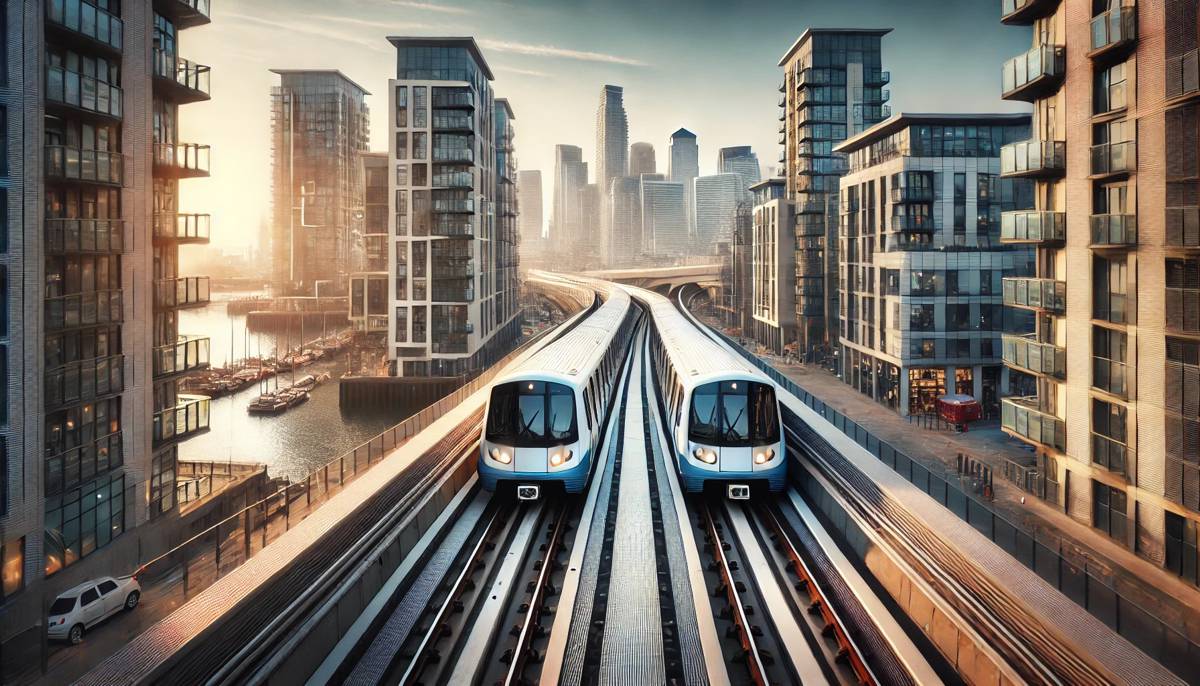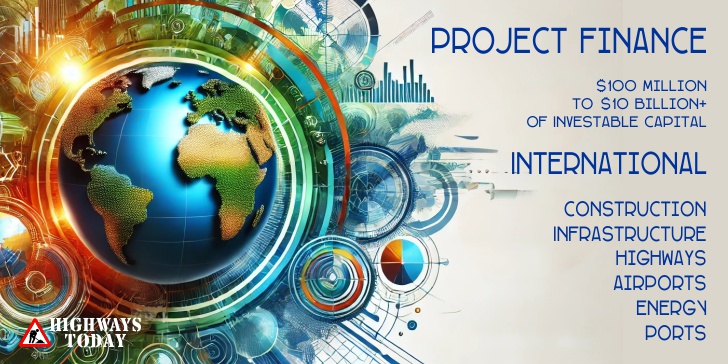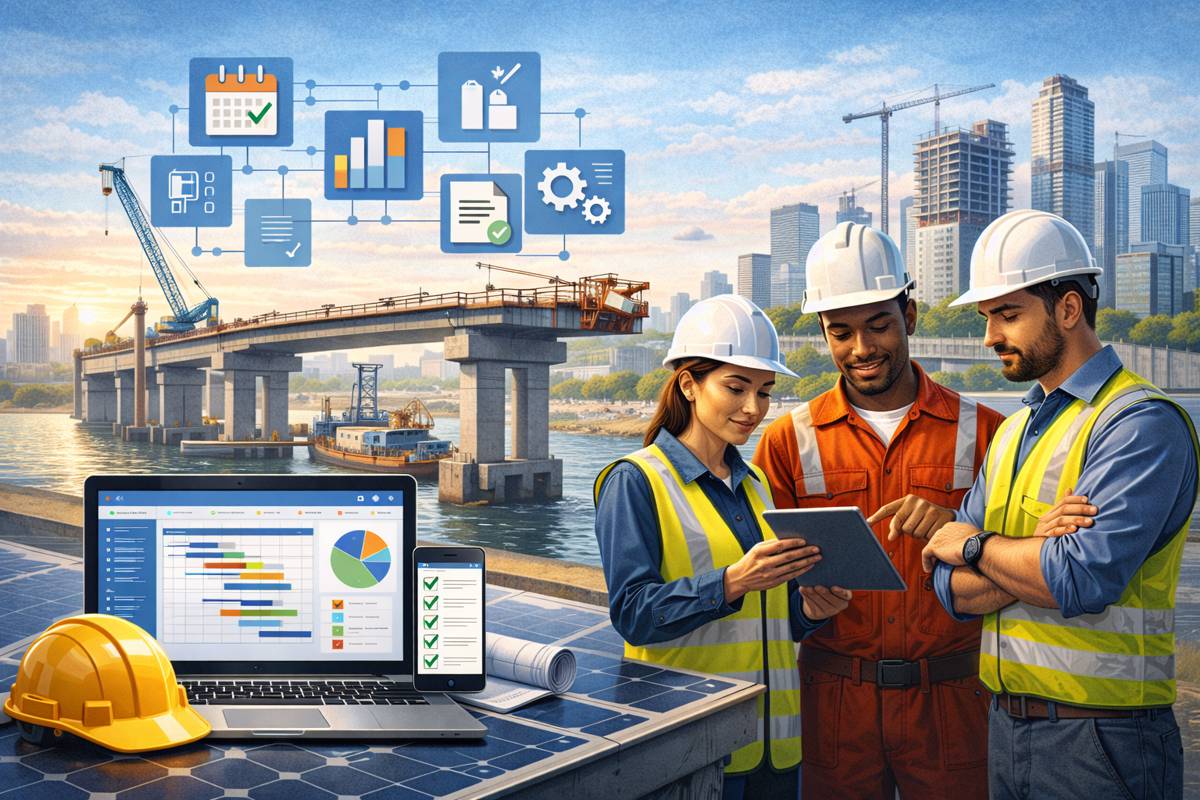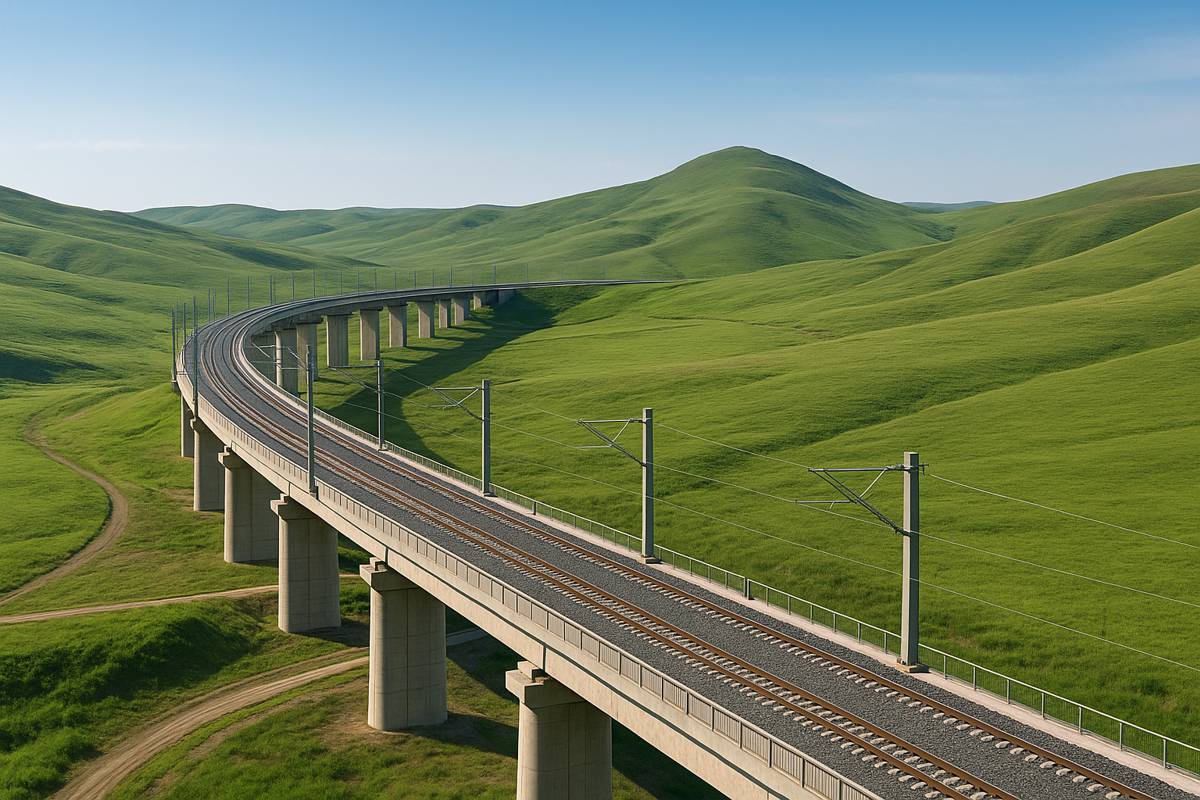KeolisAmey to Transform London’s Docklands Light Railway
Transport for London (TfL) has awarded KeolisAmey a new eight-year contract to operate and maintain the Docklands Light Railway (DLR), one of the UK’s busiest automated metro networks, beginning on April 1, 2025.
This agreement marks the continuation of a successful decade-long partnership between Keolis and Amey, aimed at revolutionising the DLR with expanded services, enhanced passenger experiences, and significant infrastructure upgrades.
With an average of 90 million journeys annually, the DLR is a vital component of London’s transport ecosystem, connecting strategic boroughs and supporting economic growth across East London. The new contract is set to introduce key improvements, from advanced rolling stock to expanded service capabilities, shaping the future of urban mobility in the capital.
KeolisAmey’s Continued Partnership with TfL
The newly signed agreement strengthens KeolisAmey’s relationship with TfL, building upon the foundations of a highly successful 10-year partnership. Over the past decade, KeolisAmey has proven instrumental in operating and maintaining the 40-kilometre DLR network, which serves five of London’s most dynamic boroughs, including Newham, Tower Hamlets, and Greenwich.
As part of the extended contract, KeolisAmey will introduce 54 new trains to the network, replacing ageing rolling stock and increasing capacity by a substantial 50%. The arrival of these trains will not only improve reliability but also enhance the sustainability of the service, helping TfL meet its Vision Zero targets by reducing emissions and lowering accident rates across London’s public transport infrastructure.
Expanding Access and Connectivity Across London
The DLR is more than a transport service; it’s a critical economic artery connecting London’s burgeoning financial and residential hubs. Stretching across East London, it enables passengers from southeast London to access employment opportunities in key locations like Canary Wharf and Stratford without the need to pass through Zone 1.
The DLR also connects six of London’s designated Opportunity Areas—strategic locations for economic and residential growth, where TfL projects an influx of over 124,000 new homes and 200,000 jobs. Approximately 45,000 homes are either under construction or have planning approval within a short walk from DLR stations, showcasing the railway’s crucial role in supporting sustainable growth.
Key routes and connection highlights include:
- Stratford to Canary Wharf: Providing direct links between one of London’s major transport interchanges and its primary financial district.
- Royal Docks and Isle of Dogs: Key growth areas where enhanced DLR services will meet increased demand for housing and job access.
- Crossline Connections: Seamless transfers with the Elizabeth Line and the Tube, broadening accessibility and convenience for commuters.
Future-Proofing London’s Transport Needs
The need for increased service frequency and capacity is evident, especially in high-growth areas such as the Royal Docks and Isle of Dogs. By investing in these improvements, TfL and KeolisAmey aim to future-proof the DLR, ensuring it meets the demands of a growing city. The addition of 54 new trains will be pivotal in this endeavour, allowing for increased frequency during peak times and reducing overcrowding.
Benefits of the new train programme include:
- 50% Capacity Increase: With more trains on the line, passenger capacity will expand, accommodating growing demand.
- Enhanced Reliability: Updated trains will feature advanced technologies, decreasing delays and maintenance disruptions.
- Reduced Environmental Impact: Modern rolling stock with energy-efficient systems will contribute to cleaner air quality and reduced emissions.
This expanded capacity is particularly crucial for the Royal Docks and Isle of Dogs, areas seeing rapid residential and commercial development. The DLR’s ability to transport more passengers efficiently aligns with London’s broader goals of sustainable urban expansion.
Commitment to Enhanced Passenger Experience
In addition to expanded service and capacity, the new contract places a strong emphasis on customer satisfaction. TfL and KeolisAmey plan to overhaul passenger-facing systems, from ticketing to escalators, with new performance targets to ensure high-quality service.
The customer experience improvements will also involve Access DLR, TfL’s accessibility initiative, aiming to make the DLR more inclusive. This includes:
- Satisfaction Targets: Clear benchmarks for escalator functionality, ticket machine availability, and real-time information systems.
- Reduced Fare Evasion: Enhanced security measures will be implemented to ensure passengers pay their fares, supporting TfL’s revenue stream.
- Accessible Stations: Improved facilities for passengers with reduced mobility, ensuring an inclusive transport network.
With a stronger focus on accessibility, TfL and KeolisAmey are aligning their services with London’s inclusivity goals. This shift recognises the importance of transport equity, aiming to make the DLR a dependable choice for all Londoners.
Supporting London’s Environmental and Safety Goals
The DLR’s role in TfL’s Vision Zero plan, which aims to eliminate serious injuries and fatalities on London’s transport network, is another key focus under the new contract. By introducing cleaner, more reliable trains, TfL and KeolisAmey are driving an essential part of London’s environmental strategy forward.
Environmental and safety highlights include:
- Improved Air Quality: Modernised trains are expected to produce fewer emissions, reducing the DLR’s environmental footprint and improving air quality across East London.
- Enhanced Safety: Updated trains and safety systems will contribute to a safer network, aligning with Vision Zero targets.
- Sustainable Growth Support: By making public transport more appealing, TfL encourages a modal shift away from cars, reducing congestion and pollution in the capital.
In supporting Vision Zero, the DLR’s upgrades reflect London’s dedication to a sustainable, safer transport future. These improvements not only benefit DLR passengers but also contribute positively to the city’s air quality and reduce its carbon footprint.
Reshaping London’s Public Transport Landscape
The future of the Docklands Light Railway is set to be transformative, with KeolisAmey’s renewed contract driving enhancements that go beyond routine operations. From innovative passenger services to robust safety and environmental measures, the DLR’s new chapter is a testament to London’s forward-thinking approach to public transport.
As one of the world’s most iconic cities, London relies on its public transport network to fuel economic growth and connect communities. The DLR, under KeolisAmey’s management, is evolving to meet these demands, supporting a city that continues to expand, innovate, and adapt.
With new trains, expanded capacity, and a commitment to enhancing passenger experience, KeolisAmey’s partnership with TfL is set to redefine the DLR. This eight-year contract doesn’t just signify continuity; it represents a major leap toward a more resilient, efficient, and inclusive public transport network.
The Docklands Light Railway stands as a pillar of London’s transport infrastructure, one that will continue to drive sustainable growth and connect Londoners in new and meaningful ways. This latest chapter promises a brighter, greener future for both the DLR and the communities it serves.





















